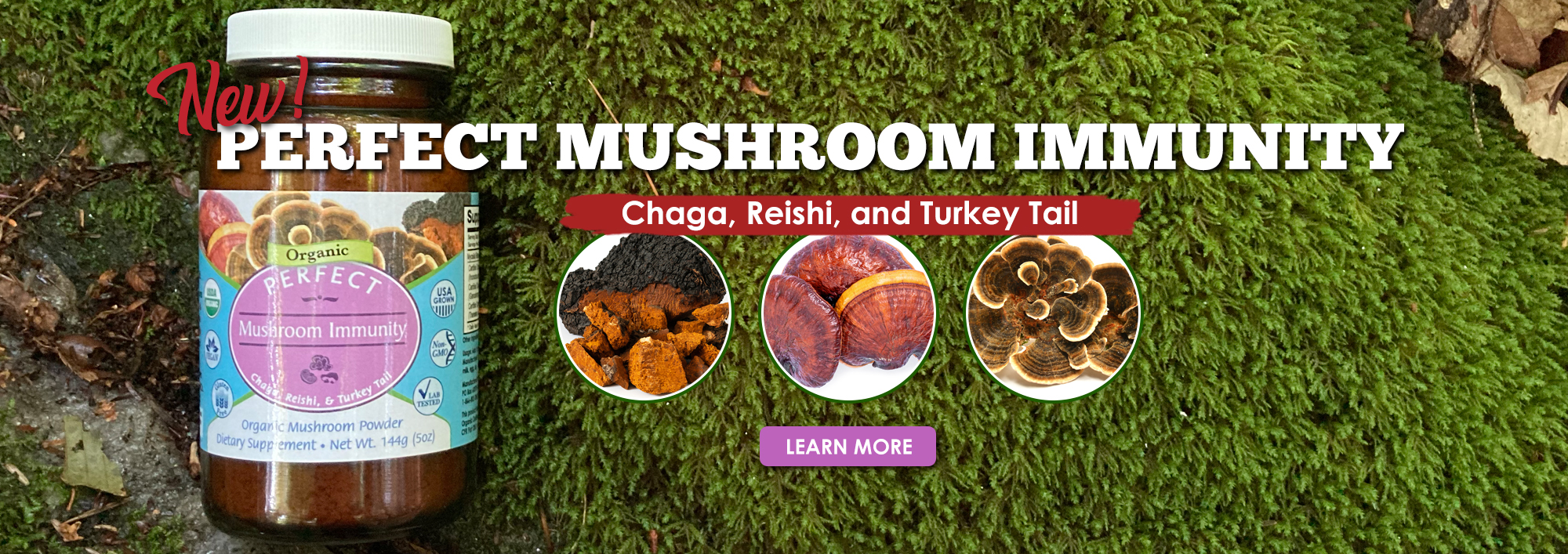Mushrooms: Stranger than Fiction

From Exploding Zombie Ants to Life in Space to Eating Up Oil Spills
Fungi Make Zombies in the Insect World
It may sound like science fiction, but researchers have observed a real life instance of zombie activity: in this case, ants“zombified” by a fungus from the Cordyceps genus.
Scientists have found that the zombifying Cordyceps fungus bypasses the ant brain to make host ants its puppets. Spores from the mushroom attach to the outside of the ant, then spread through the bug’s body with long threadlike roots called mycelia. The fungus grows through the insect’s body, draining it of nutrients and at the same time, hijacks its mind! Cordyceps essentially turns its host into a zombie slave, compelling the ant to leave the safety of the nest, to climb to the nearest plant, and clamp its jaws in a death-grip around a leaf or twig that hangs about 25 centimeters above the forest floor. The reason for this precise height? This is the perfect temperature and humidity zone where Cordyceps thrives.
The fungus then slowly devours the ant, sprouting through its head. Ouch! Then even more spores are burst forth and released into the air, infecting even more unsuspecting ants.
How Does the Mushroom Take Control?
When the fungus first infects an ant, it is just a single cell, floating around the ant’s bloodstream. At this stage, and for a while, it is not at all noticeable because the ant goes on with its happy little life - foraging for food back and forth from the nest. Meanwhile, the Cordyceps continues to grow, making up-to nearly half of the ant’s body mass.
Over time, the mushroom cells bud-off or replicate new copies of themselves, slowly colonizing the host. In a massive choreographed communication exchange, each mushroom cell then communicates with each other inside and out of the ant’s body, from an interconnected network. Once there is a critical mass of cells in an infected ant body, the mushroom is sophisticated enough to cut the ant’s brain off from the rest of its body, leaving these networked and communicating fungal cells to control its behavior.
When the fungus is finished growing inside its host, the cells gather inside the ant’s body to form a mat. Then it grows needlelike projections that push into the ant’s muscle cells. Then the final stage is ready-- chemicals are sent to the ant’s brain, causing it to start its death march from the nest with zombie-like compulsion, searching for a nearby plant to climb.
Mushrooms in Space
For their next trick, let’s get galactic. Mushrooms can live in outer space. In fact, mushrooms exist so well in space that many people have come to believe they are of extraterrestrial origin!
Your Problems Aren’t Real Problems
Pesky things like ‘exposure to large amounts of radiation’ and ‘zero gravity’ are inescapable and incompatible problems for all life forms in space …except for certain types of mushrooms. Of course, these wizards can survive in space!
Despite insurmountable obstacles that violate all conditions of life as we know it, several saprophytic species of mushrooms – fungi feeding on dead or decaying organic matter - were found on the Mir Space Station living it up. What possibly could they have been feeding on? Well, get ready for a hefty dose of reality: human astronauts shed tens of thousands of dead skin cells daily, providing plenty of food for the fungi.
Saprophytic fungi(of which there are thousands) are well-known for their ability to survive in a wide variety of harsh climates, including extreme heat and cold. Following the Chernobyl nuclear reactor meltdown, saprophytes were found alive and unharmed, even after absorbing incredibly high amounts of radiation. Those found alive were darker tinted, however. A process called melanization. Think of a suntan for us mere humans. Similar darkening was seen on certain Penicillium strains brought to space for research purposes. There, after many months of space life, there was an increased presence of melanin layers due to radiation increase by virtue of being outside of the earth’s protective atmosphere.
Turning Radiation into Food?
The melanization due to radiation exposure was found in yet another space-based study on these fantastic fungi. A type of fungal mold, Cryptococcus neoformans wasfound to have fungal cells that experienced melanization grow faster after being exposed to 500x the background rate of radiation. Growing more due to radiation suggests that melanin may not only provide protection from space radiation, but that fungi may be converting the radiation into energy similar to photosynthesis experienced by plants!
This attribute of mushrooms gobbling up radiation has led to ongoing research spearheaded by Mr. Mushroom himself, Mr. Paul Stamets, in utilizing radio-phyllic mushrooms to attempt the clean up of radiation from the disaster that occurred in Fukushima, Japan.

Oil: It’s What’s for Dinner.
From oil spills resulting from oil rig damage, pipeline ruptures, or faulty engineering, oil clean up is unfortunately a modern world problem that wreaks incredible havoc to wildlife and nature. As a somewhat bright light in an otherwise dark tunnel, nature may provide the skill to help bail out humanity’s mishaps once again. Certain types of mushrooms can clean up and digest oil spills!
Mycoremediation
Some species, including the incredibly common Oyster mushroom, will produce enzymes that are able to break down the complex hydrocarbons found in petroleum.
Mycoremediation - the term for using mushrooms to clean up and transform toxic environments - is a very important tool in our global toolshed for dealing with large scale environmental disasters. Oyster mushroom mycelium(think thread-like roots) produce enzymes that can break down oil continuously for weeks, if not months, beginning the long process of decomposition of oil, reducing the complex hydrocarbons into simpler forms.
Research undertaken by MycoBooms found several compelling and exciting developments from their work with Oysters. The first encouraging news is that these mushrooms exhibited resilience even when saturated with salt water. Pair this with the news that the mycelial form they use also floats on the top of high salinity water bodes very well for ocean clean up efforts!
Back on land, they have found that the Total Aromatic Hydrocarbon load in diesel contaminated soil was reduced from 10,000 ppm to <200 ppm over a 16 weeks time using Oyster mushroom mycelium(1, 2). In these soils, worms will die when put into directly in contact with high concentrations of contaminated soil, but were found to live after Oyster mycelial inoculations had reduced the toxic thresholds!
Behold, The Power of Mushrooms!
Mushrooms are world-class composting masters. They have proven time and again their ability to heal the earth and restore balance to ecosystems through mycoremediation techniques. Research is constantly expanding on their relationship to radiation on this planet and beyond - a quality found in no other existing life form known. They even have the power to turn science-fiction into science-fact! Mushrooms challenge our palates and our paradigms of what is possible in this life. By embracing these fascinating organisms, we may just learn never to judge a book by its cover.
- S. Thomas, P. Becker, M.R. Pinza , J.Q. Word, 1999.“Mycoremediation of Aged Petroleum Hydrocarbon Contaminants in Soil.” NASA no. 19990031874.
- S. Thomas, 2000. Personal Communication."Subsequently to the end of the study, WSDOT retested the soils at its own expense, with a more detailed sampling regime, and found that it did indeed meet the EPA criterion of less than or equal to 200 ppm TPH, which allowed WSDOT to use the soil in highway landscaping." Nov. 30. Email to Paul Stamets.












